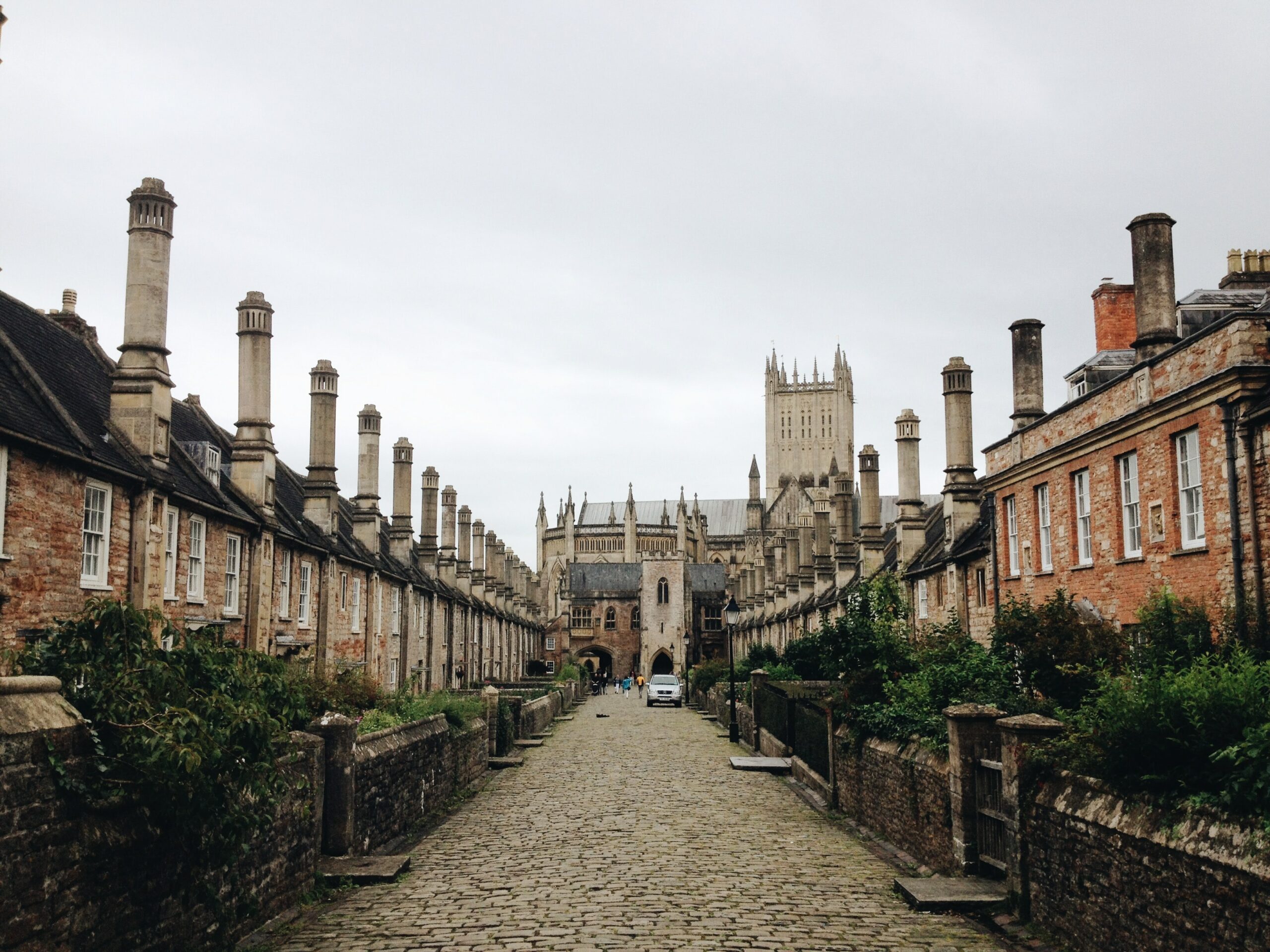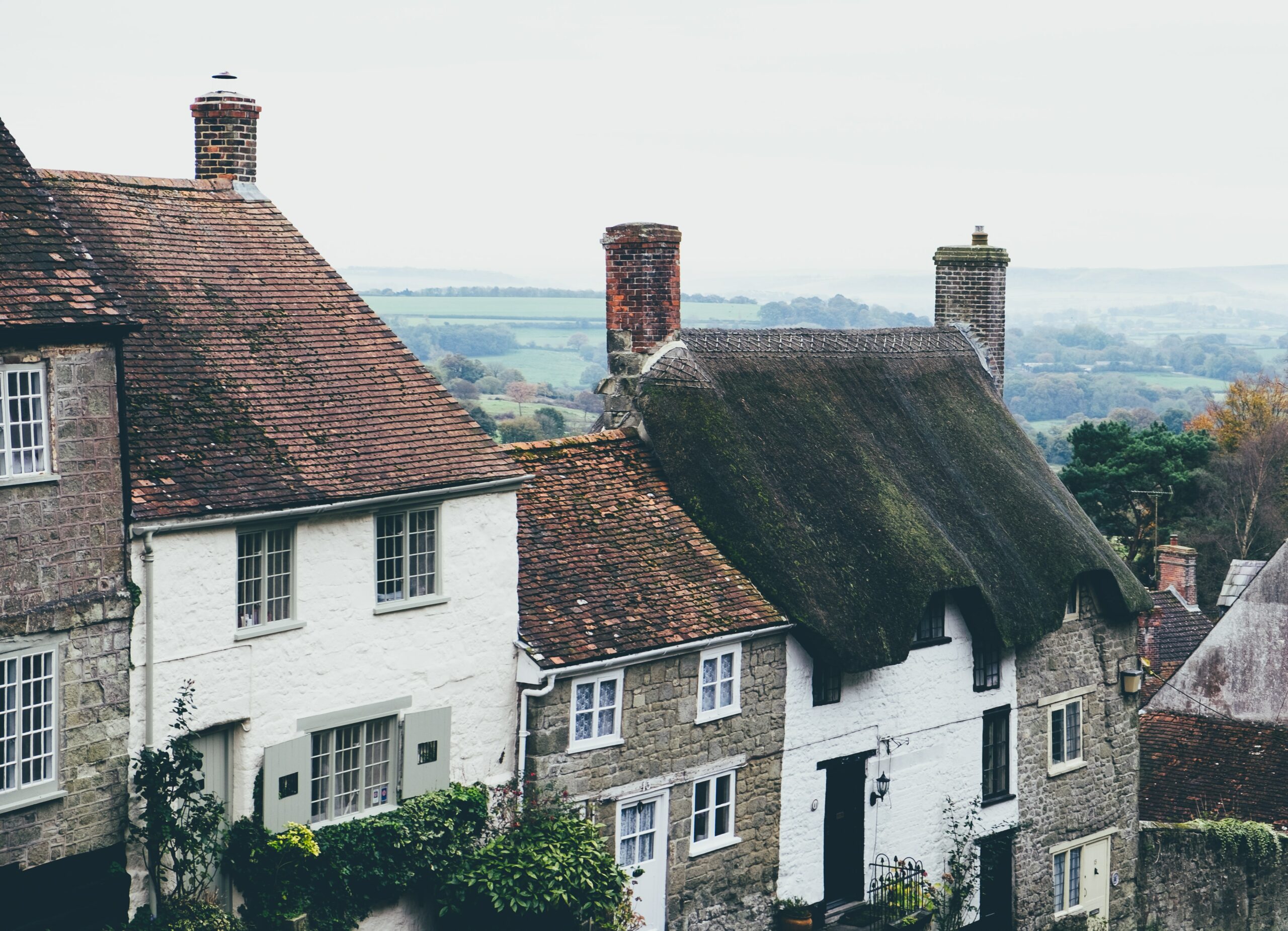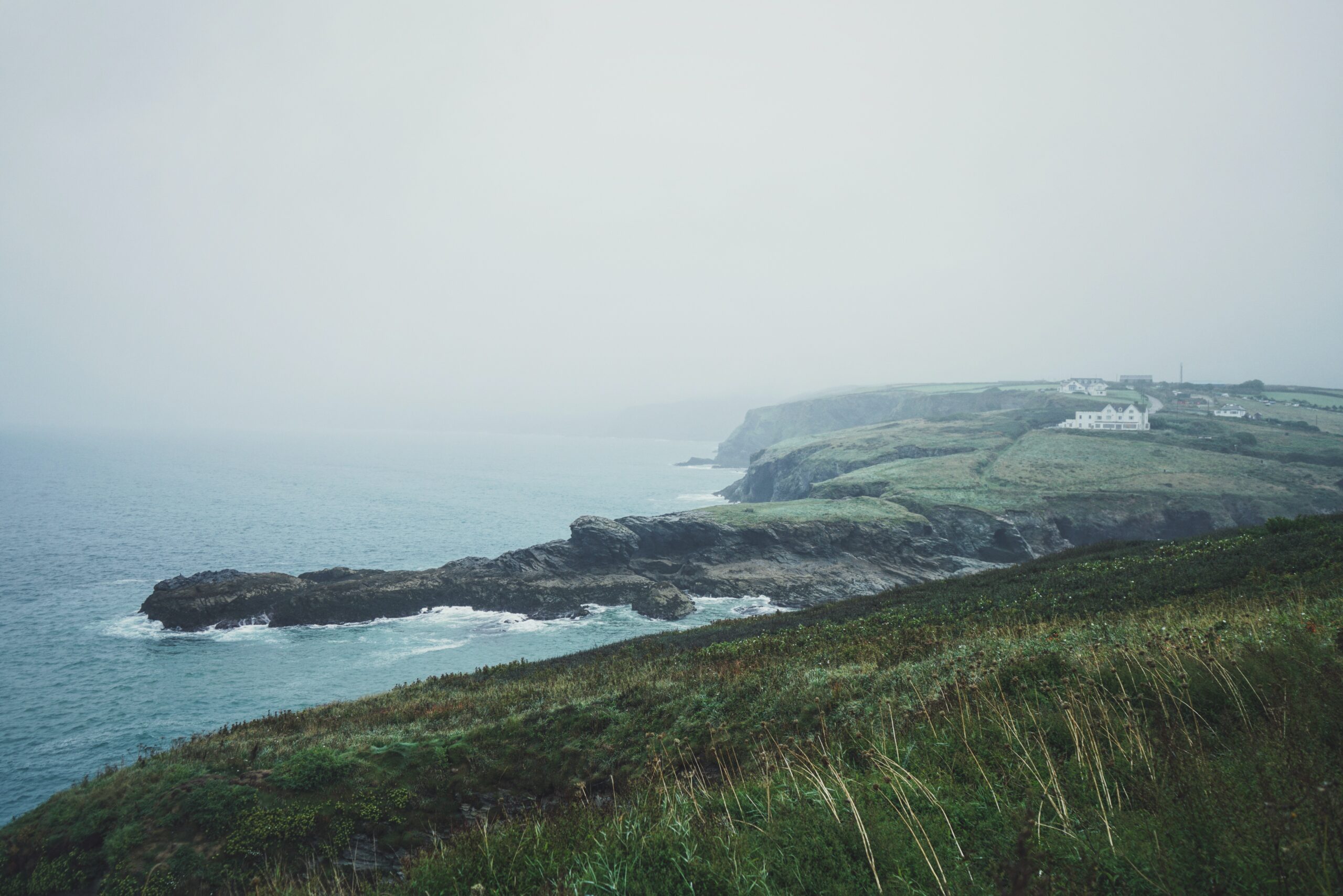error eum
The effort
We are dedicated to enhancing the standard of living of each and every one of Hebden Royd's residents. Together with local community organizations and representatives from the public, private, and non-profit sectors, we intend to accomplish this goal.
Mission Statement
We are dedicated to enhancing the standard of living of each and every one of Hebden Royd's residents. Together with local community organizations and representatives from the public, private, and non-profit sectors, we intend to accomplish this goal.
History
Heptonstall, a hilltop village, was the original settlement. Hebden Bridge (originally Heptenbryge) began as a settlement where the hilltop packhorse route from Halifax to Burnley dropped down into the valley. The route crossed the River Hebden near the old bridge (from which Hebden Bridge gets its name)
Trouser Town

Cinema & offices
Hebden Bridge expanded to include a cinema and large offices for the Hebden Bridge Urban District Council. There was some debate about this because the land was originally intended to house a swimming pool. Hebden Bridge still lacks a swimming pool, though there was a small training pool for children in the adult education centre on Pitt Street for several years. Hebden Bridge had its own cooperative society as well. However, it was defrauded and went bankrupt in the 1960s. The old Co-op building was converted into a hotel and then into flats. In the 1980s, the Co-op returned with a supermarket on Market Street on the site of an old mill.
Read more

